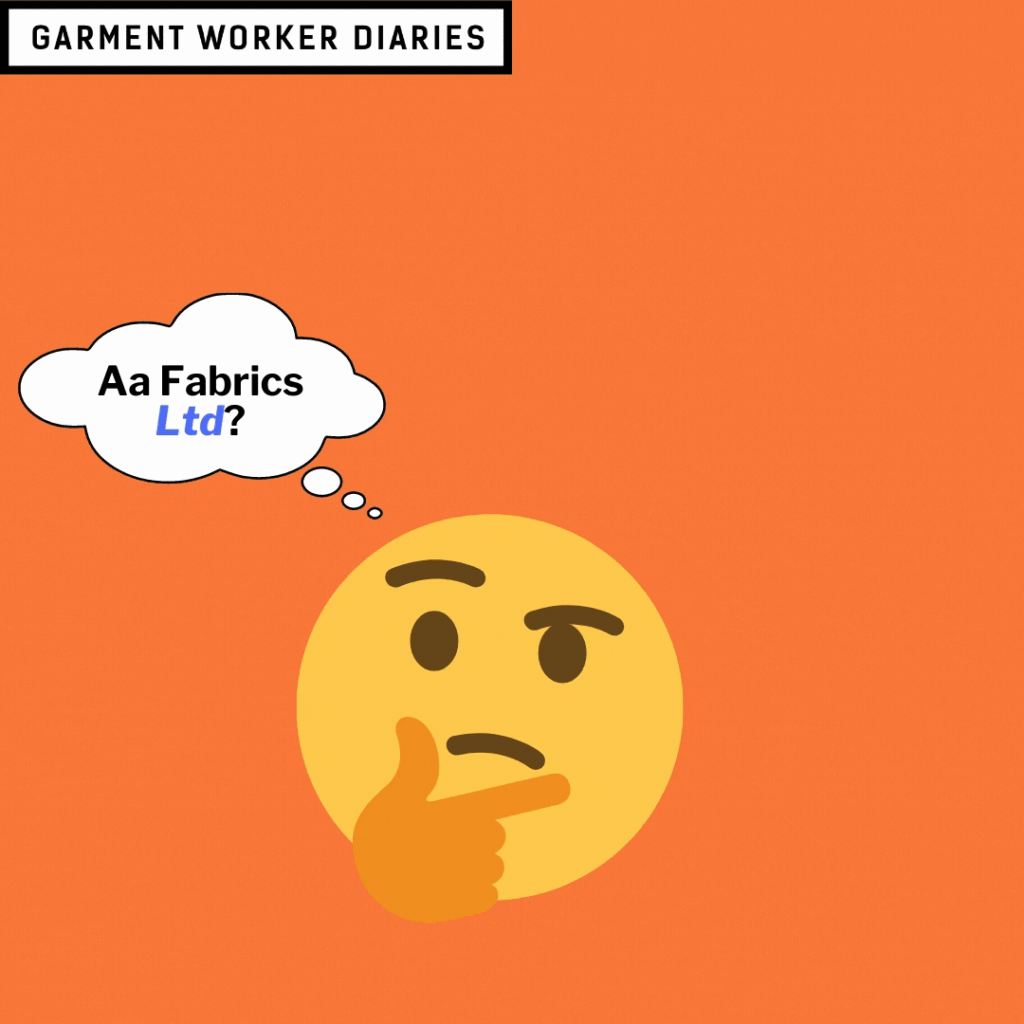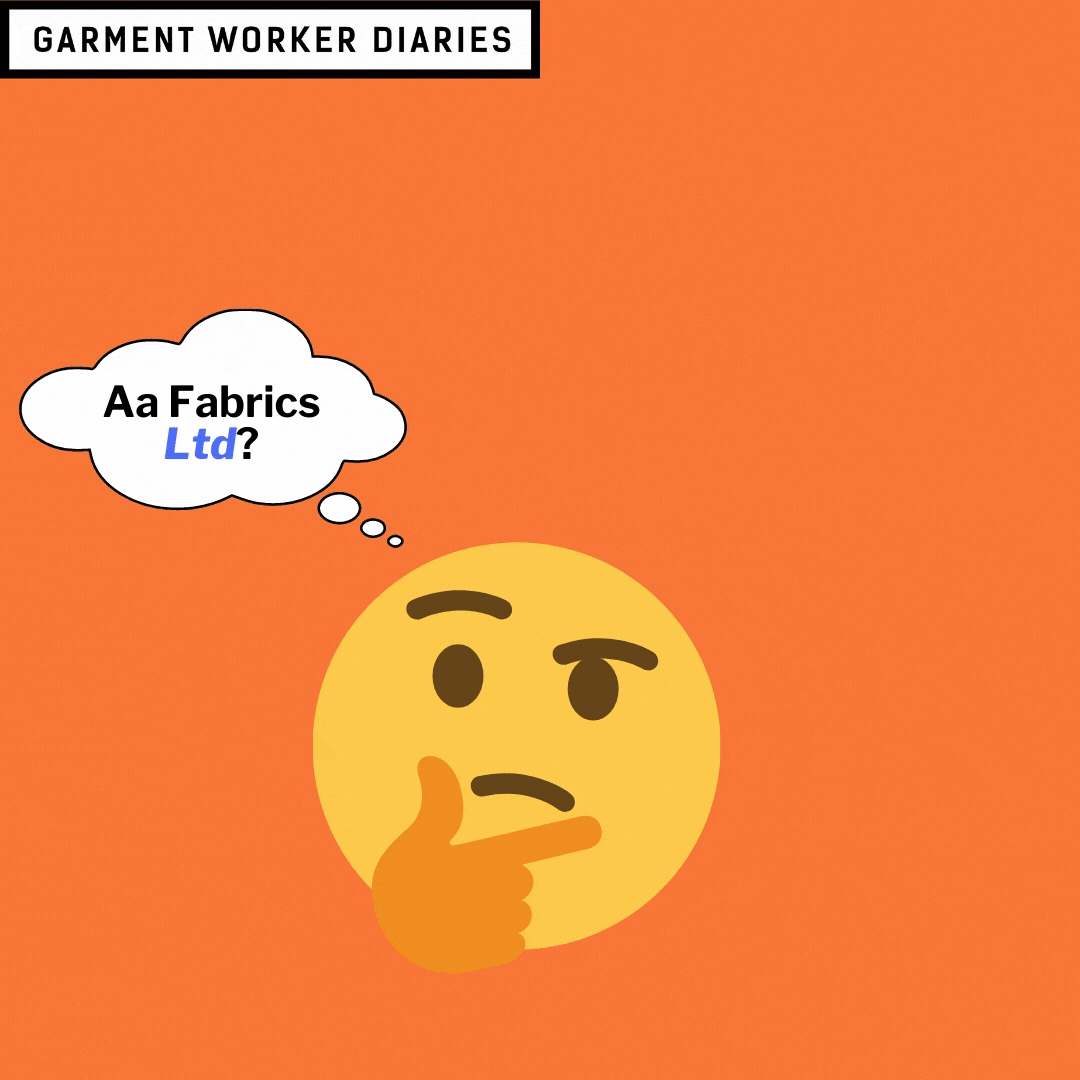Over the course of this past summer, I interned at Microfinance Opportunities working on their Garment Worker Diaries (GWD) initiative. The GWD initiative conducts interviews every week with 1,300 garment workers in Bangladesh to track their economic well-being as well as collecting information on a variety of special topics, such as their experience with Covid-19 safety precautions in the factories where they work. Much of my time was spent cleaning data, particularly making sure that the factory names in the data set were entered consistently by the field staff, and then matching those names with the ones provided on international brands’ supplier lists and the lists compiled by the Open Apparel Registry and Mapped in Bangladesh. The goal of this work was to be able to map the workers from whom the GWD was collecting data with the brands for whom they were making clothes. With this mapping in place, visitors to the GWD dashboard could see the earnings, hours worked, expenses, borrowing, and money transfers of workers in different global brands’ supply-chains.
While parts of these tasks could be automated using functions in Excel, a great deal of manual checking was required. If I were to describe this process in a word, it would be: slog. But why exactly was so much manual processing necessary in the first place?
To begin to speculate on this question, we have to consider each obstacle I encountered. The first and most obvious barrier was the language barrier— the GWD data comes from many different workers who do not speak English but are conveying the names of their factories to enumerators who speak and write English who are doing their best to enter the data accurately. This is compounded by the fact that they have no standard list of factories to inform how they enter the data, which is unavoidable given the large number of factories in Bangladesh, over 4,000. When it came to matching these names with those on the brands’ lists, I had to deal with all the different ways in which different brands spelled the names of the same factories. This was exacerbated by the inconsistent addresses and the various factories with similar names in close proximity to one another.
As I was going through these lists, I generally took these issues for granted, but looking at them as a whole, I saw that they were symptoms of a larger problem. These challenges collectively indicate that the system in place for identifying factories might serve well to ensure smooth supply chains and the private flow of information through it, but they are not much use for ensuring public accountability.
While my focus was largely limited to factory names, even this sort of communication breakdown in just one area causes data from the workers to be harder to reach. For consumers of the products they make, their voices become more quiet and their experiences more distant. This works in tandem with the more clearly economic motives behind offshoring (lower wages, lower standards of living, etc.), which separate the producers of garments out from their consumers, by further hampering the separated groups’ ability to connect to one another and hold both brands and factory owners accountable. With this gap emerging, we have to work to find a way to bridge it.
The primary change that needs to be made to break down the information barriers in place is investing in an effort to standardize the brands’ supplier lists. With the status quo being that factory names are essentially self-reported, it’s common to see pesky inconsistencies across lists or even within the same list. Some of the most common differences are some being labelled “Limited” while others are “Ltd.” or “Ltd”. Even more tricky are initials with different variations of spaces and periods between the letters. Having one standard for these sorts of inconsistencies would make searching and matching factory names considerably easier. For more significant ambiguities in factory names, dedicating people in the field to reviewing potential name matches and recording all possible name variations would go a long way in determining which factory is which. There are on-going efforts by such initiatives as the Open Apparel Registry to collate information about factories in one central repository. But there needs to be a collective effort, by all stakeholders, including brands, to create a central repository with standardized names and addresses. This will go a long way to improving public accountability in the global apparel supply-chain.

